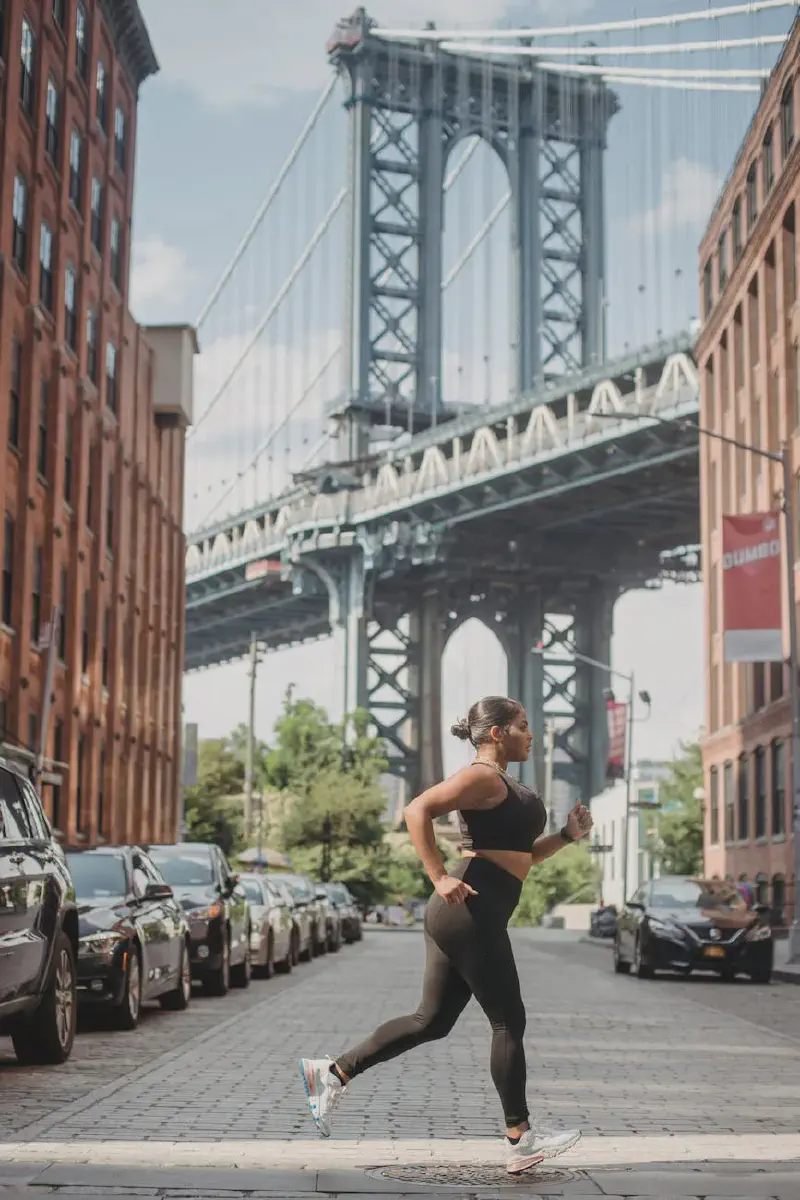The Benefits of Moisture-Wicking Running Clothes
Introduction
As a seasoned running coach, I’ve seen firsthand the importance of managing moisture during your workouts. Whether you’re tackling a 5K or training for a marathon, keeping your body cool and dry can make all the difference in your comfort and performance. That’s where moisture-wicking running clothes come into play.
Moisture-wicking fabrics are designed to draw sweat away from your skin and transport it to the outer layer of the garment, where it can evaporate more easily. This process helps regulate your body temperature, preventing that clammy, heavy feeling that can weigh you down and distract you from your run.
Benefits of Moisture-Wicking Running Clothes
Enhanced Comfort and Performance
When you’re running, the last thing you want to worry about is your clothes clinging to your skin or chafing as you move. Moisture-wicking fabrics help keep you dry and comfortable, allowing you to focus on your form and pace. By reducing the buildup of sweat, these fabrics can also help prevent the formation of blisters and hot spots, which can be a real nuisance for runners.
Reduced Chafing and Irritation
Chafing is a common issue for runners, especially in areas where skin rubs against skin or fabric. Moisture-wicking clothes can help minimize this problem by reducing friction and keeping the skin dry. This not only makes your runs more enjoyable but also helps prevent painful irritation and potential skin damage.
Improved Thermoregulation
Our bodies work hard to maintain a consistent temperature during exercise, and moisture-wicking fabrics can assist in this process. By drawing sweat away from the skin, these fabrics help your body cool itself more efficiently, which can be especially beneficial in hot or humid conditions. This improved thermoregulation can help you run for longer and feel more energized throughout your workout.
Reduced Risk of Odor and Bacteria
Sweat is a breeding ground for bacteria, which can lead to unpleasant odors and even skin infections. Moisture-wicking fabrics help mitigate this issue by preventing the buildup of moisture that bacteria thrive in. This not only keeps you feeling fresh during your run but also helps your clothes last longer without developing a funky smell.
Types of Moisture-Wicking Fabrics
When it comes to moisture-wicking running clothes, there are a few different fabric options to consider:
Synthetic Fibers
Polyester and nylon are two of the most common synthetic fabrics used in moisture-wicking apparel. These materials are highly effective at transporting moisture away from the skin and drying quickly.
Natural Fibers
Merino wool and silk are natural fibers that also possess excellent moisture-wicking properties. These fabrics can be particularly beneficial for runners who prefer a more breathable, temperature-regulating material.
Blended Fabrics
Many running clothes are made from a blend of synthetic and natural fibers, combining the best of both worlds. These blends can offer a balance of moisture-wicking performance, breathability, and comfort.
Choosing the Right Moisture-Wicking Gear
When selecting moisture-wicking running clothes, there are a few key factors to consider:
Shirts
Look for a well-fitting shirt that provides adequate coverage and ventilation. Opt for a fabric that wicks sweat effectively and dries quickly.
Pants and Shorts
Choose bottoms with a comfortable, stretchy fit that allows for a full range of motion. Features like pockets and reflective details can also be useful.
Underwear
Moisture-wicking underwear is essential for preventing chafing and keeping you dry. Look for fabrics that offer breathability and a snug, but not restrictive, fit.
Socks
Thick, cushioned socks with moisture-wicking properties can help prevent blisters and keep your feet comfortable during your runs.
Additional Moisture-Wicking Accessories
Beyond your core running apparel, there are several other moisture-wicking accessories that can enhance your overall running experience:
Hydration Packs
Hydration packs with moisture-wicking fabrics can help keep you cool and comfortable while you stay hydrated on the go.
Headbands and Neck Gaiters
These accessories can help wick away sweat from your forehead and neck, preventing it from dripping into your eyes or down your back.
Gloves
Moisture-wicking gloves can keep your hands dry and comfortable, even during long, sweaty runs.
Maintaining Moisture-Wicking Performance
To ensure your moisture-wicking running clothes continue to perform at their best, it’s important to follow proper care instructions. Avoid using fabric softeners, which can clog the fibers and reduce the fabric’s ability to wick moisture. Instead, opt for gentle, fragrance-free detergents and air-dry your clothes whenever possible.
It’s also a good idea to replace your moisture-wicking gear periodically, as the fabrics can break down over time and lose their effectiveness.
Conclusion
Investing in high-quality moisture-wicking running clothes can make a significant difference in your overall comfort and performance. By keeping your body dry and regulating your temperature, these fabrics can help you run longer, feel more energized, and enjoy your workouts to the fullest.
So, whether you’re a seasoned marathoner or just starting your running journey, be sure to explore the world of moisture-wicking running gear and experience the benefits for yourself. Your body will thank you!
